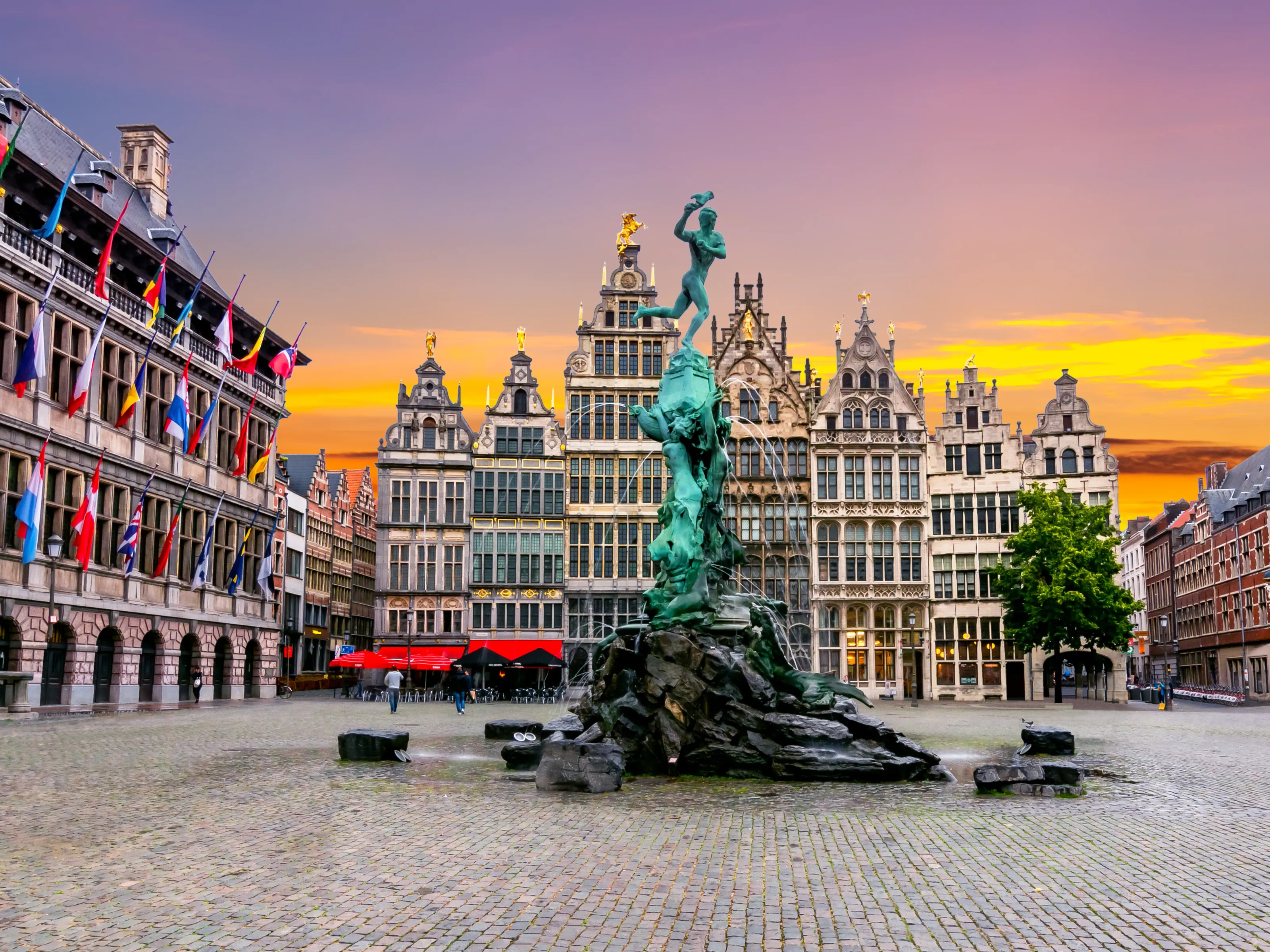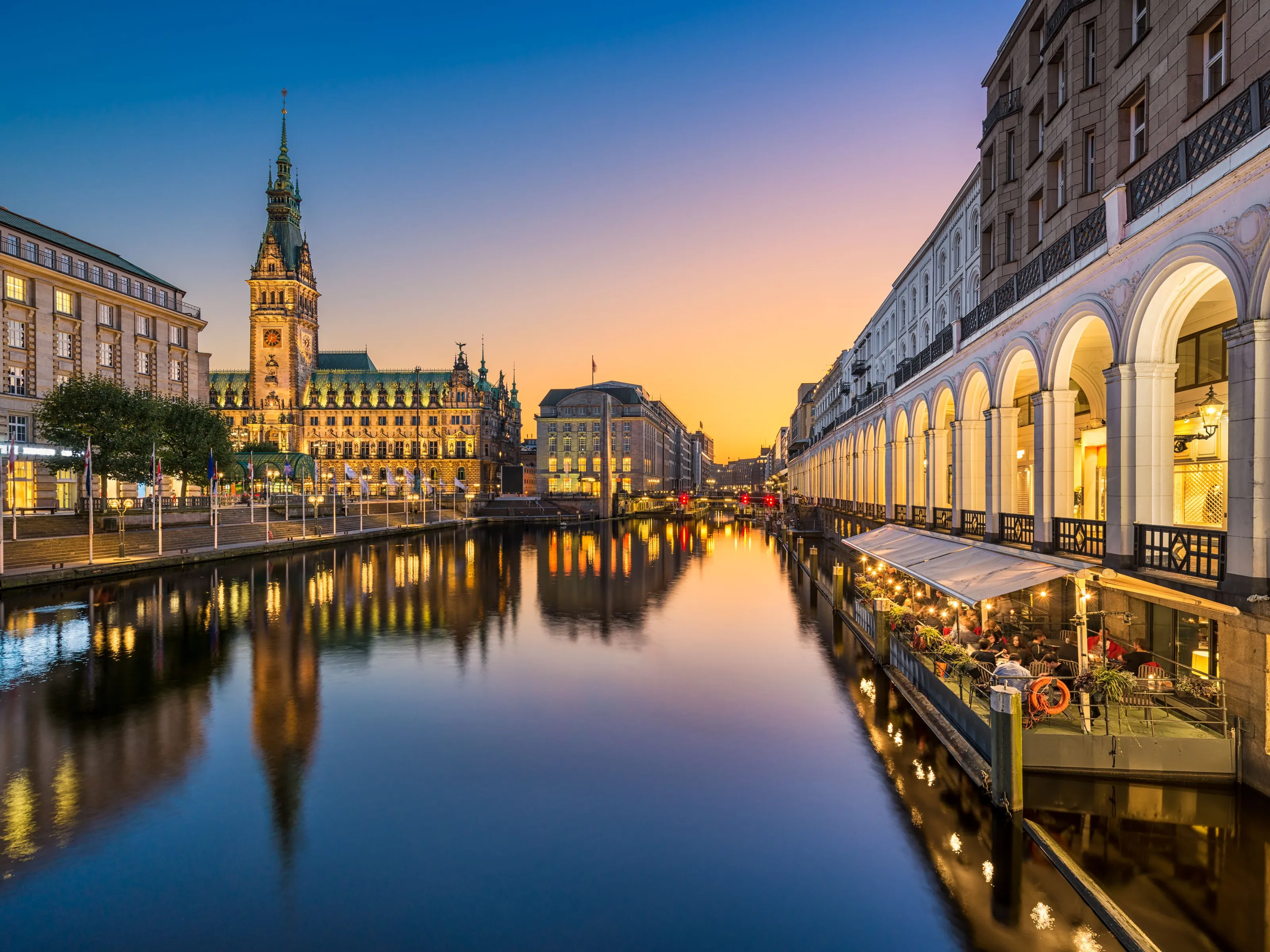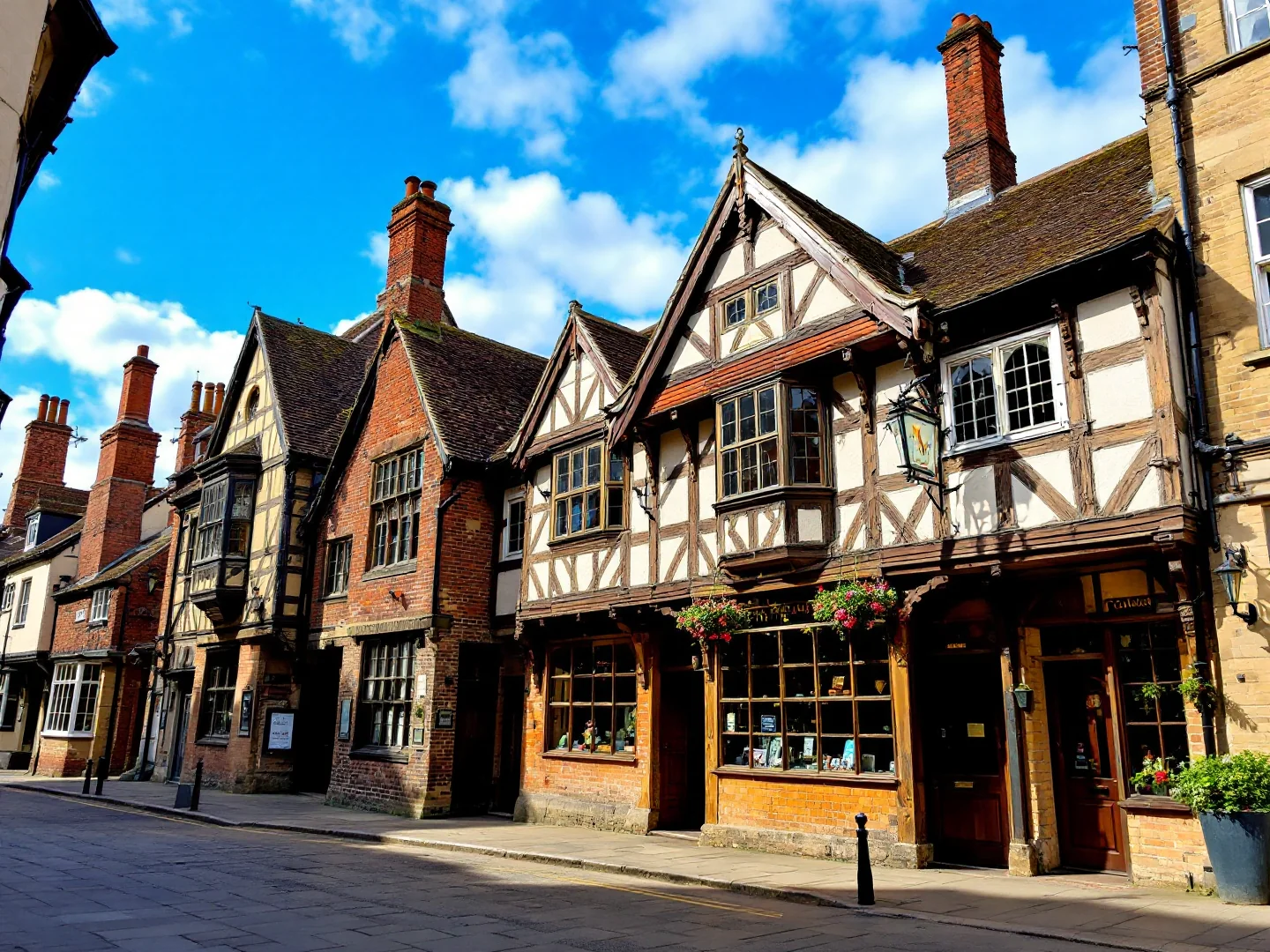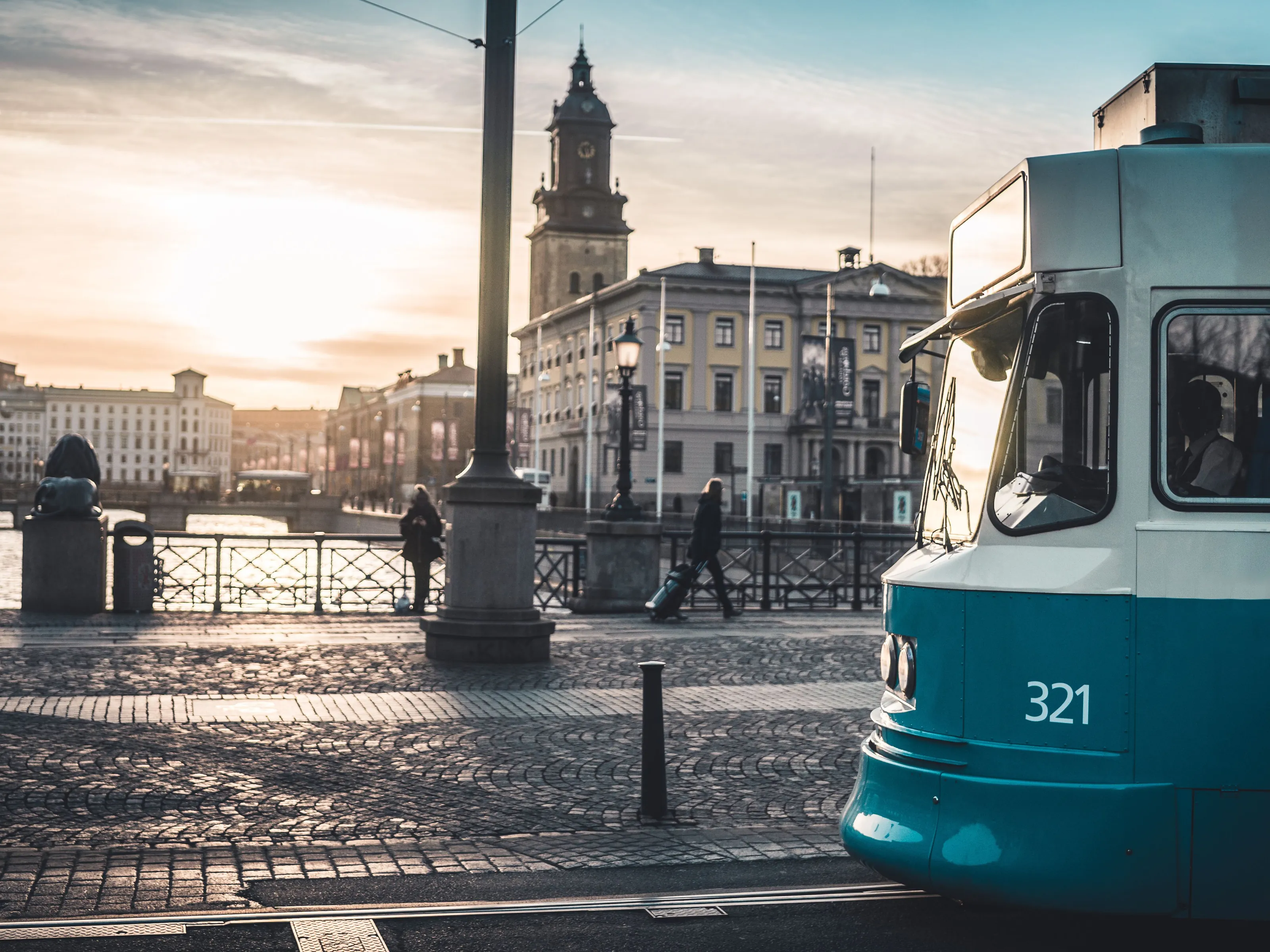Why Visit Dublin?
Dublin charms with its perfect blend of literary heritage, legendary pub culture, and Georgian elegance, where Viking roots, British colonial history, and fiercely independent Irish spirit create a capital that punches above its size with warmth and wit. The River Liffey bisects the city between elegant Georgian squares—Merrion Square where Oscar Wilde's statue lounges, and St. Stephen's Green's Victorian park—and the Temple Bar's cobblestone cultural quarter where traditional music sessions spill from pubs nightly.
Trinity College's 18th-century campus houses the ancient Book of Kells, Ireland's greatest cultural treasure illuminating medieval manuscripts in the Old Library's Long Room (currently undergoing restoration, with a revamped visitor experience). Dublin's literary pilgrimage sites honor Joyce, Yeats, Shaw, and Beckett—Bloomsday (June 16) celebrates Ulysses with costumed readings and pub crawls. The Guinness Storehouse towers over the city, its gravity bar offering 360° views with complementary pints, while whiskey tours at Jameson or Teeling distilleries educate on uisce beatha (water of life).
Georgian Dublin's red-bricked doorways and cast-iron fanlights line squares designed 300 years ago, while Viking and Medieval Dublin hide beneath Dublinia museum. Coastal escapes lie minutes away—DART trains reach Howth's cliff walks and seafood restaurants, Dún Laoghaire's Victorian pier, or Malahide's castle. Day trips to Cliffs of Moher or Giants Causeway showcase Ireland's dramatic coastline.
The food scene has evolved from stodgy to stellar with Michelin-starred innovation, artisan food markets, and traditional Irish breakfasts still fueling hangovers. With mild maritime climate, English language, friendly locals whose banter deserves its own UNESCO listing, and pub culture that welcomes solo travelers, Dublin delivers craic (fun) and Irish hospitality.
What to Do
Dublin Icons
Guinness Storehouse
Book online (dynamic pricing, usually around $28–$35 for adults) to guarantee your slot and skip the ticket queue. Aim for the first entry at 9:30am or after 5pm to dodge peak crowds. The rooftop Gravity Bar includes a free pint and 360° views over Dublin. If you're not into beer or brand history, it can feel like a very slick advert—nearby Teeling Whiskey Distillery offers a smaller, quieter alternative.
Trinity College & Book of Kells Experience
The Book of Kells Experience ticket (from about $23) includes access to the Old Library and the new digital exhibition—book timed entry several days or weeks ahead on the official Trinity site. Early slots (around 9:30–10:30am) are calmest. You only see a couple of pages of the manuscript at once, so the real highlight is the Long Room of the Old Library and the storytelling around it. Plan roughly an hour for the visit.
Kilmainham Gaol
One of Ireland's most important sites for understanding British rule and the struggle for independence. Access is by guided tour only and tickets (about $9 for adults) must be pre-booked online—tours often sell out when they are released 28 days in advance. Allow 70–80 minutes for the tour plus travel time out to west Dublin by bus, tram or taxi. It's cold and stark inside, so bring a layer and be ready for some heavy history.
Dublin Life
Temple Bar District
Temple Bar's cobbled lanes and live music are fun but firmly tourist territory. Expect pints in the flagship Temple Bar pub to run close to $11–$12 For more local pricing and atmosphere, walk 5–10 minutes to places like The Stag's Head or The Palace Bar where a pint is usually a few euros cheaper. Afternoon visits feel lively without the full stag-party chaos; at night, many pubs add cover charges when the music starts.
St. Patrick's Cathedral
Ireland's national cathedral charges about $12 for adult self-guided entry (slightly less for students and seniors). Jonathan Swift, author of Gulliver's Travels, is buried here and interpretive panels explain his story. Entry during services is free but focused on worship rather than sightseeing. The choir is impressive when performing. You can combine a visit with nearby Christ Church Cathedral if you're into ecclesiastical history.
Phoenix Park
One of Europe's largest enclosed city parks and completely free to enter. A herd of semi-wild deer roams the meadows—observe and photograph them from a distance rather than feeding. Inside the park you'll also find Dublin Zoo (separate ticket, around $22–$27 for adults if booked in advance), the President's residence Áras an Uachtaráin (free guided tours some Saturdays) and plenty of space for cycling and picnics.
Ha'penny Bridge & River Liffey Walk
The cast-iron Ha'penny Bridge (1816) is Dublin's classic pedestrian crossing—once it really did charge a half-penny toll. Cross it at dusk when the lamps and riverside buildings light up. From here you can follow short stretches of the Liffey boardwalk towards O'Connell Bridge or Guinness; it's more atmospheric than scenic, but it gives a good feel for the city's spine.
Authentic Dublin
Local Pubs & Trad Music
For traditional music without Temple Bar prices, head to O'Donoghue's on Merrion Row (home turf of The Dubliners), The Cobblestone in Smithfield, or The Stag's Head near Grafton Street. Sessions usually start around 9–9:30pm and run late. Buy a pint (expect roughly $6–$8 outside Temple Bar), find a spot near the musicians if you can, and throw a few euros in the tip jar if they pass one around.
Georgian Dublin & Merrion Square
Stroll around Merrion Square and Fitzwilliam Street for classic Georgian doorways and townhouses; Oscar Wilde's statue lounges in Merrion Square Park. The old Number Twenty Nine Georgian House Museum is now closed, so for interiors visit alternatives like the Little Museum of Dublin or 14 Henrietta Street. Nearby St Stephen's Green is a beautifully kept Victorian park and a good place to sit with a takeaway coffee.
Grafton Street & Local Markets
Grafton Street is the main pedestrian shopping street, known for high-street brands and buskers—tip if you stop to listen. Duck into George's Street Arcade for vintage and quirky independent stalls, then explore Drury Street and surrounding lanes for better-value restaurants and bars than Temple Bar. If you're in town on a Saturday, the Temple Bar Food Market in Meeting House Square (roughly 9:30am–3:30pm) is a great place to sample Irish produce.
Gallery
Travel Information
Getting There
- Airports: DUB
Best Time to Visit
May, June, July, August, September
Climate: Cool
Weather by Month
| Month | High | Low | Rainy days | Condition |
|---|---|---|---|---|
| January | 9°C | 4°C | 11 | Good |
| February | 9°C | 4°C | 21 | Wet |
| March | 10°C | 3°C | 10 | Good |
| April | 14°C | 6°C | 8 | Good |
| May | 17°C | 9°C | 6 | Excellent (best) |
| June | 18°C | 11°C | 21 | Excellent (best) |
| July | 18°C | 12°C | 20 | Excellent (best) |
| August | 19°C | 13°C | 18 | Excellent (best) |
| September | 17°C | 11°C | 9 | Excellent (best) |
| October | 13°C | 8°C | 18 | Wet |
| November | 11°C | 6°C | 15 | Wet |
| December | 8°C | 3°C | 18 | Wet |
Weather data: Open-Meteo Archive (2020-2024) • Open-Meteo.com (CC BY 4.0) • Historical avg. 2020–2024
Budget
Excludes flights
Visa Requirements
Visa-free for EU citizens
💡 🌍 Traveler Tip (November 2025): Best time to visit: May, June, July, August, September.
Practical Information
Getting There
Dublin Airport (DUB) is 10km north. Express coaches (Dublin Express / Aircoach) run frequently from airport to city centre (around $11 single, 30-40 min). Taxis cost $27–$38 Trains arrive at Connolly or Heuston stations—Belfast 2h, Cork 2h30min. Ferry ports serve UK routes (Holyhead, Liverpool).
Getting Around
Dublin has Luas trams (Red and Green lines, $3), buses ($3), and DART coastal trains. Leap Card offers discounts ($11 refundable deposit + credit). The city center is compact and walkable—Trinity to Temple Bar is 10 minutes. Taxis metered ($4 start). Bike-share available but cycle lanes limited. Avoid rental cars in city.
Money & Payments
Euro (EUR). Cards widely accepted. ATMs plentiful. Exchange $1 ≈ $$1. Tipping: 10-15% in restaurants appreciated, round up for taxis and bar staff ($1 per round common). Service charge rarely included.
Language
English is official (Irish dialect with unique phrases). Irish (Gaeilge) appears on signs but English dominates conversation. Communication is effortless. Irish slang and humor are legendary—'craic' means fun, 'grand' means fine.
Cultural Tips
Pub culture is social—sitting at bar invites conversation. Rounds buying is customary. Pubs serve until 11:30pm weeknights, 12:30am weekends. Guinness tastes better in Ireland—pour takes time. Book restaurants 2-3 days ahead. Sunday roast at pubs is tradition. Irish breakfast cures hangovers. Weather changes hourly—layers essential. Don't mention 'British Isles' or English politics. Museums often close Mondays. Temple Bar is touristy—locals drink in Stoneybatter or Smithfield.
Perfect 3-Day Dublin Itinerary
Day 1: Literary Dublin
Day 2: History & Guinness
Day 3: Coast or Day Trip
Where to Stay in Dublin
Temple Bar
Best for: Live music, touristy pubs, nightlife, cultural quarter, central
Georgian Dublin (around Merrion Square)
Best for: Museums, elegant architecture, parks, upscale hotels, quiet
Smithfield
Best for: Whiskey distilleries, local pubs, markets, authentic atmosphere
Stoneybatter
Best for: Local pub scene, cafés, residential vibe, where Dubliners actually drink
Frequently Asked Questions
Do I need a visa to visit Dublin?
What is the best time to visit Dublin?
How much does a trip to Dublin cost per day?
Is Dublin safe for tourists?
What are the must-see attractions in Dublin?
Popular Activities
Top-rated tours and experiences in Dublin
Ready to Visit Dublin?
Book your flights, accommodation, and activities






